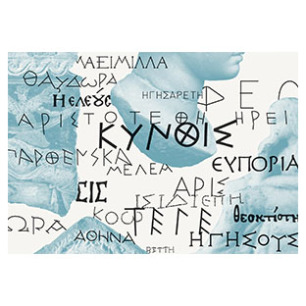FESTIVAL
ATHENS
Phallephoria
The Phallephoria, the ancestor of comedy and modern carnival customs, is a special interactive cultural event, organised this year, on Sunday, February 23, 2025, in the historic centre of Athens. For the 10th year, the Association for Research and Study of Greek Culture, revives this special celebration of joy and welcoming the spring.
A special interactive cultural event, the result of in-depth research and a meticulous rendition that touches on experimental archaeology. An event that has been flooding the historic centre of Athens since 2014 and has conquered the world with its fun and vibrancy. It is a merry troupe of maenads, satyrs, sileni and revelers, led by the actor Dionysus, who walks and dances through the streets of Plaka. The procession is accompanied by bacchanalian music played on bagpipes, pipes, flutes and percussion instruments. Comic dances, songs, short Aristophanic excerpts, and satirical events are presented to the public. Thus, with dances, and songs the procession mingles with the public with satirical propriety, offering joy but also an essential authentic touch of Greek culture.
The Phallephoria, as it was performed in ancient times, was a festive procession, part of the Dionysia, in honour of Dionysus. Celebrations of this kind were the nucleus for the genesis of comedy, as mentioned in many sources (Plutarch, 527d; Aristotle Poetics 1449a, verses 9-15). Every year the procession is enriched with new elements, such as the impressive Pan, who has recently been added to the procession, leading it with gaiety, vitality and a special costume approach, and the famous stilt-walkers along with the traditional phallic metre satirical song sung by the choir.
The procession will begin at the Odeon of Herodus Atticus stairs, on Dionysiou Areopagitou Street, and will pass through Plaka, the Roman Agora, Monastiraki Square, and Psyrri, culminating in Thiseio. Along the way, the enthusiastic troupe of Dionysus, consisting of Satyrs, Maenads, and Silenoi, will lead you into a Dionysian celebration filled with dance, music, and ithyphallic hymns.




